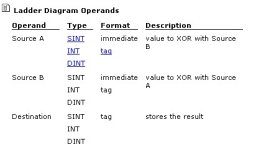If you have to use BOOL arrays, (you've already discovered they are pretty unfriendly!), there is a way out of your dilemma, but it will require some careful thought, re-coding, and re-testing !!!!
Make a UDT (User-Defined Data-Type) with one element of data-type BOOL[xxx], where xxx is the size of your BOOL array. Let's say you call the UDT "BOOLARRAY"
Re-create the tags you have as data-type BOOL[xxx], to make them of data-type BOOLARRAY.
Now your BOOL arrays are embedded in a "structure", and structures can be copied and filled using COP and FLL instructions.
To reset your BOOL array, (let's say the tag is called MyData), simply fill the structure with 0, with a length of 1 (1 element, your embedded BOOL array) .....
FLL 0 MyData 1
For future reference, avoid BOOL arrays, but if you have to use them make the BOOL array part of a structured tag by creating a UDT.




